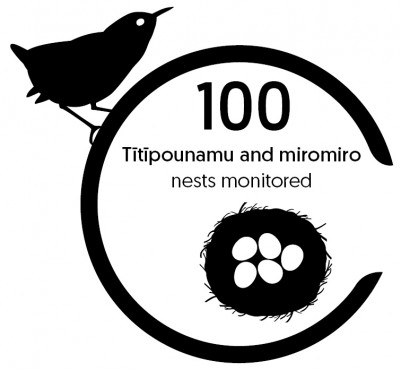More Birds in the Bush: a weather forecast for birds

This MBIE Endeavour-funded research programme is developing tools to forecast both predator and native bird populations across New Zealand forests. Like a weather forecast, the research aims to help forest managers forecast not only predator levels but also the outcomes of different predator management regimes for native bird populations.
Programme leaders Drs Susan Walker and Adrian Monks emphasise that with more efficient management of forests, benefits for native bird populations can be maximised and unnecessary waste of time and resources avoided.
For instance, their recent research has shown that smaller, more rat-sensitive native bird species have retreated to cooler, high elevation sites due to greater ship rat abundance at warmer, lower sites. However, higher sites may provide less food for birds to raise their young. More effective control of the warmth-loving ship rats at lower altitudes will maximise prospects for forest birds.
Invertebrates, nectar, fruit, and seeds are food for birds as well as omnivorous predators such as possums and ship rats. One ambitious aspect of the More Birds programme aims to determine how food availability varies across an elevational gradient and influences the nesting success of native forest birds both with and without predator management.
Dr Anne Schlesselmann set up a large-scale field study on Mt Pirongia in the Waikato. “We monitored 100 nests of tītīpounamu and miromiro between September 2020 and January 2021 in three elevational bands. At the same time and places, we also monitored pest populations and invertebrate abundance, under contrasting predator management regimes,” she reports. Nest monitoring of such small bird species in dense, mature forest is time-intensive as it requires researchers to follow female birds, which are often secretive, back to nests where they are incubating eggs.
In a complementary project, Dr Sarah Richardson has led research to map fruit production along the 900 m elevational gradient at Mt Pirongia to understand how different fruit and nectar resources become available at different places.
Together, these projects will disentangle how food production and predator management together drive populations of predators and birds along elevational gradients. Results will feed into the development of the large-scale forecasting tool, so that both predator and bird population outcomes and different management options can be evaluated.
